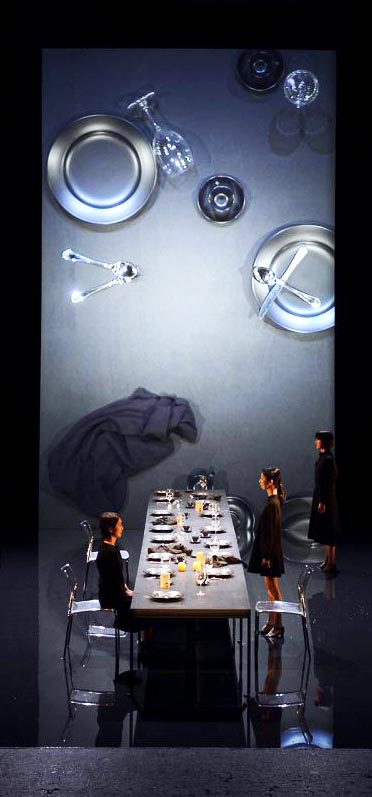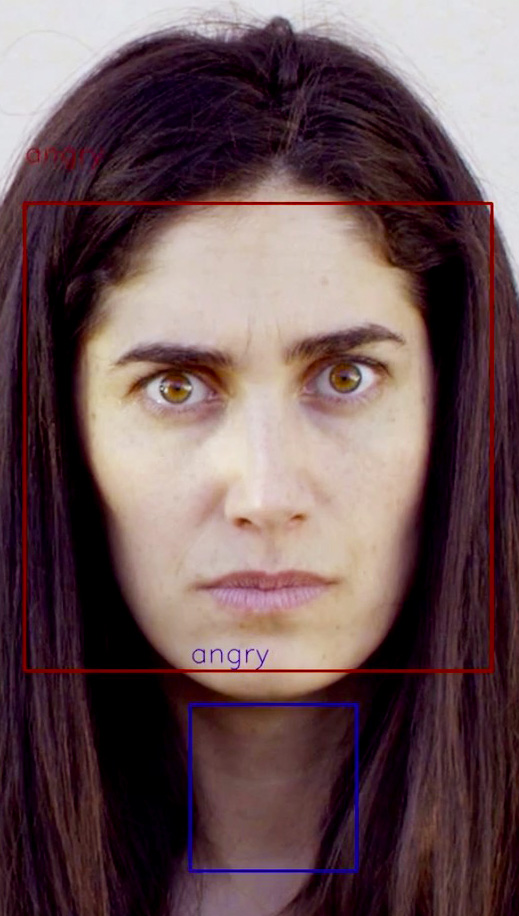
Troika
AVA
Ava’ is Troika’s first sculptural manifestation of their exploration of algorithms. ‘Ava’ is the physical result of emergence and self organisation brought about by ‘growing’ a sculpture through the use of a computer algorithm that imitates the emergence of life by which complexity arises from the simplest of things. As such the sculpture probes at the nature of becoming, existence and our strive to understand and replicate the complexities of life.In a landscape where our personal data is a raw material, and where we, humans, have become subordinate spectators of algorithms and a computerised infrastructure, we ask the question how much or little are we capable of influencing our surrounding reality, how much is predetermined, how much is down to chance.










